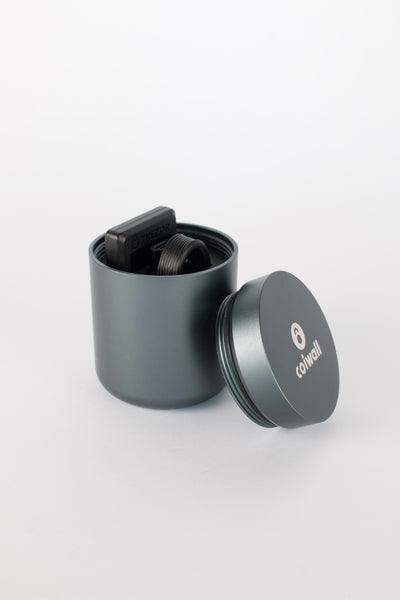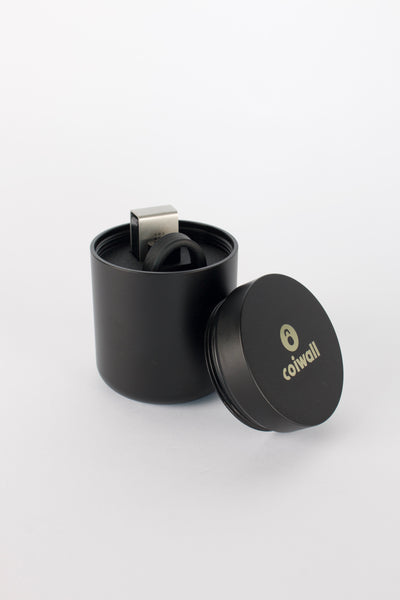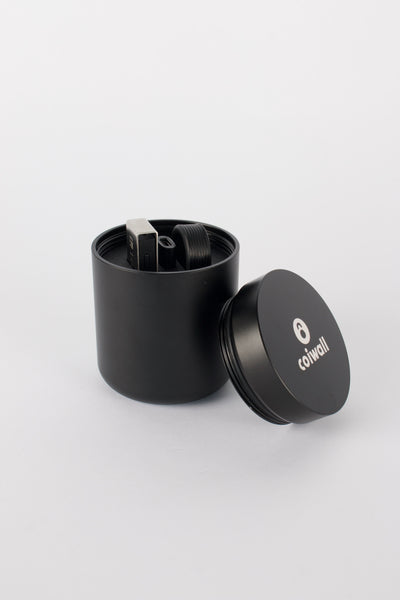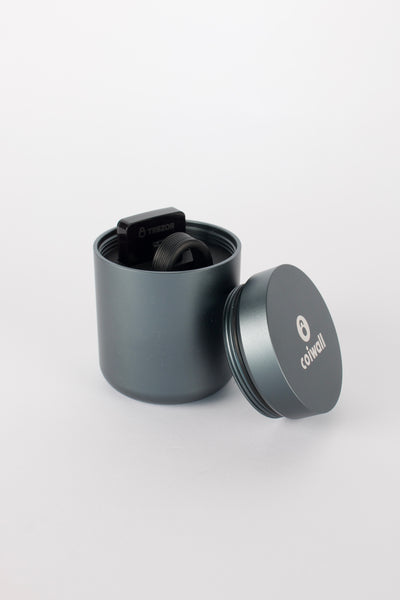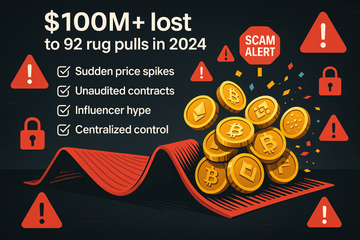If you hang around the crypto circles for any length of time, you've probably heard whispered warnings about “rug pulls.” But what does that phrase really mean? And why do even seasoned investors sometimes get caught out, left clutching near-worthless tokens? Curious about how it happens—and how you might steer clear? Let me break it down the way I’d explain it over a casual coffee chat, talking real-life heartaches and real-world prevention.
So, What Exactly Is a Rug Pull?
A rug pull is the digital era’s version of someone promising you gold, gathering a crowd to believe in the sparkle, and then—poof!—slipping away with all the gold dust while you’re left with empty hands. In crypto, it’s when a project’s creators get folks hyped (usually with a snazzy website and ambitious claims), bring in loads of investments, then vanish or grab the funds and run. All those shiny tokens you thought had potential? Practically confetti as their value crashes.
The term’s borrowed from that classic phrase—'pulling the rug out from under someone.' And it fits, because nobody usually sees it coming until they're suddenly on the floor. It’s become particularly common in the decentralized finance (DeFi) and NFT playgrounds. According to some sources, 2024 alone saw 92 such exit scams, with losses that’d make your head spin—well over $100 million gone (Bankrate).
How Do Rug Pulls Actually Happen?
The mechanics aren’t complicated, but the ways they play out can just about fool anybody. Here’s a peek at the classic tricks:
- Liquidity Yanking: The creators suddenly remove most or all of the project's funds (liquidity) from exchanges, leaving no money to back the token's value. The price tanks, and the rug-pullers vanish (think: ghosting, but for millions).
- Fake Projects: Slick branding, snappy slogans, and big promises—sometimes that’s all you need to draw a crowd. Once investments roll in, these masterminds quietly exit (no product, no follow-through, just digital tumbleweeds).
- Pump and Dump: Ever seen a token price skyrocket overnight? That could be coordinated hype—sometimes from the creators, sometimes from shady influencers. After people pile in, the insiders sell off, and prices crash in a snap.
- Hidden Contract Shenanigans: Behind all the code, there might be secret trapdoors. Unscrupulous devs can bake in ways to mint unlimited tokens or prevent regular folks from selling theirs, ensuring only insiders profit.
- Team Suddenly Exits: Sometimes it’s less dramatic: updates dry up, the team goes dark on socials, and the community chat is full of anxious investors piecing together what went wrong.
And here's the sneaky bit: sometimes it isn’t even clear straight away that you’ve been duped. Scammers might hang around, make a show of caring, and then exit when folks least expect it.
Red Flags: When Things Look Too Good
You know that old wisdom—if it sounds too good to be true, it probably is? Well, in crypto, that's almost a golden rule. Here’s what to watch for (and yes, your instincts matter):
- Super-Fast Price Spikes: If a token jumps 10x or 50x in a matter of hours, skepticism is healthy.
- No or Fuzzy Audits: Proper projects take the time for independent code reviews. If a new coin’s smart contract is unaudited or audits are missing, that’s a warning sign.
- Too Much Hype, Not Enough Substance: Wild promises (“1000x returns in a week!”) or over-the-top influencer plugs are red flags.
- Centralized Control: If a couple of wallets own most of the supply, the risk of a rug pull jumps dramatically.
- Lack of Transparency: Unclear information about the founding team, vague roadmaps, or dodgy websites—don’t ignore them.
Honestly, sometimes a project’s slickness is its strongest disguise. The crypto scene’s got plenty of style, but it’s substance that keeps your investments safe.
Real-Life Heartbreak: The Squid Game Token Saga
Anyone remember the Squid Game Token from 2021? It exploded on social media, inspired by the hit Netflix show, attracting thousands. But selling was impossible for most, thanks to coded restrictions. The creators cashed out millions and disappeared, leaving everyone else stuck. Ouch. Proof that pop culture and FOMO can be a dangerous combo.
Can You Avoid Getting Rekt?
Staying safe isn’t impossible—as long as you mix curiosity with caution. Here’s the thing: it’s better to miss what turns out to be a “moon shot” project than to risk it all on a potential scam. So how do smart folks avoid rug pulls?
- Vet Projects Thoroughly: Google the team, check their track record, and poke around community channels. Genuine projects rarely hide who they are.
- Scrutinize the Smart Contract: Look for independently audited code. No audit? Maybe walk away or, at the very least, think twice.
- Watch Token Distribution: If too many tokens are in the hands of a few wallets or the devs never 'renounce ownership,” the risks spike.
- Engage with the Community: Lively, critical dialogue is a good way to smoke out shady business. Ghost towns or overly moderated chats? Red flags.
- Start Small, Stay Skeptical: Especially with anything new, consider dipping a toe rather than diving in headfirst.
Seasoned investors even make a habit of using dedicated wallets just for speculative plays, to limit their exposure if something goes sideways.
Hardware Wallets: How Do Ledger and Trezor Fit In?
Curiously, even the best hardware wallets like Trezor or Ledger can’t directly prevent rug pulls—after all, they’re designed to secure your keys, not verify the legitimacy of investments. But these wallets can help protect your assets from external hacks and phishing attempts that are sometimes linked with shady projects. Say you’re experimenting with unknown tokens: storing main holdings on a device like a Ledger Nano or Trezor Model One keeps your real wealth isolated from risky plays. It’s an extra wall between your financial future and the chaos.
If you’re only using a browser wallet for everything, you’re more exposed to malicious smart contracts or sneaky approvals—even accidentally. Hardware wallets make it harder for scammers to drain your funds unless you physically confirm the transaction.
Wrapping Up: Wisdom Over Hype, always
Crypto can feel like the Wild West sometimes, sure. But you don’t have to play the outlaw’s game. With rug pulls, it’s all about slowing down, double-checking, and not letting FOMO (fear of missing out) drive your decisions. Ask around. Be skeptical of moonshot promises. Trust—of the project, the team, the tech—is earned, not inherited. If you ever feel the ground shifting beneath you, maybe it’s time to pause. Because in crypto, the safest gains come slowly, not in a cloud of dust and regret.
Stay sharp, stay curious, and above all, protect your digital assets like you’d guard your wallet in a crowded bazaar. A little paranoia? Sometimes, it’s your best friend in the wild world of crypto.

